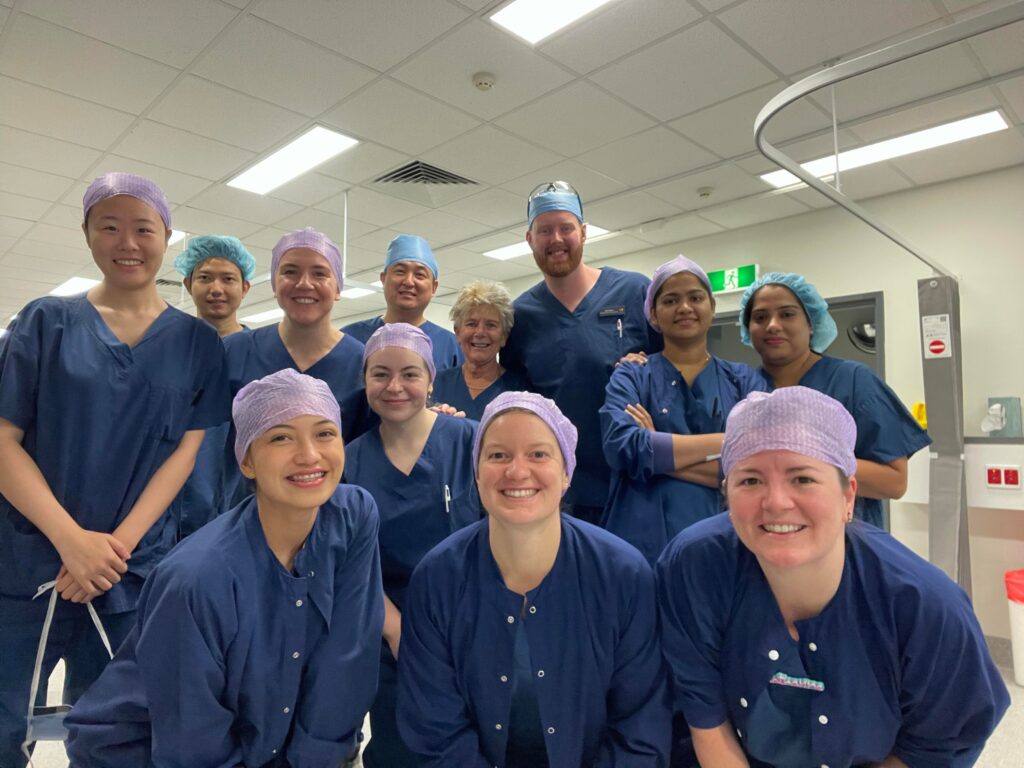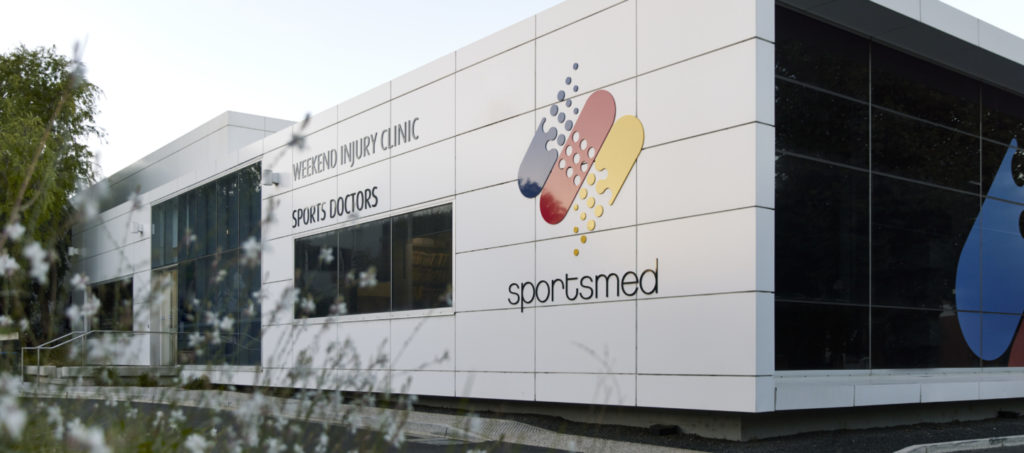The best treatment for acute and recurrent patella dislocation has been evolving quite rapidly, particularly over the last two decades. Gone are the days when a simple arthroscopic lateral release operation is considered adequate.
It is now internationally recognised that the key element for successful treatment of an unstable patella is to reconstruct the check-rein on the inner side of the patella called the medial patellofemoral ligament (or MPFL for short). In addition, if there is malalignment of the patella and/or if the patella sits too high, it is considered optimal to correct those contributing factors as well.
Such surgery requires a minimum of three months of recovery and rehabilitation, and as a result it is important not to rush into the operation. On the other hand, if the patella remains unstable or insecure after the first dislocation, it is recommended to have surgery performed before recurring episodes result in permanent damage to the joint surface.
A study conducted by Dr Paterson at sportsmed on the long-term outcomes of surgery for recurrent dislocation of kneecaps, found that patients who had residual significant pain or weakness 10 to 15 years after their operation, tended to be those who first required surgery in their early to mid-teenage years, before they had finished growing. (‘Results of medial patella stabilisation surgery at 11-14 years, with realignment surgery according to an algorithmic approach’, presented to the Australian Knee Society meeting, October 2016).
There are two likely reasons why younger teenagers end up with the least satisfactory results in the long term. Firstly, if the patella dislocates initially at a younger age, it probably means that those are the knees most anatomically predisposed to suffering that problem as a result of a high, loose, and/or malaligned kneecap, with a shallow groove. Secondly, there is a natural reluctance to rush into surgery in younger teenagers, which leads to the adverse outcome of more dislocation episodes and permanent damage before such surgery is then finally undertaken.
Accordingly, it is very important to properly assess the anatomic risk factors for further dislocation episodes in children. Statistics have now become available from the USA to guide knee surgeons, suggesting that if there are three or four out of four significant risk factors present, the likelihood of recurring patella dislocations and possible permanent damage is in the region of 75% to 88%1. These are the children who would most benefit from surgery to stabilise the patella sooner rather than later.
In the past, the time-honoured approach has been to avoid surgery and to work on a good rehabilitation program after the first dislocation episode. If the patella then dislocates or partly dislocates two or three more times, preventing a safe return to sport, only then is surgery advised.
A key reason why surgery used to be postponed longer in younger children is that the older techniques of only correcting the malalignment without reconstructing the MPFL are not generally appropriate until after the long bones have finished growing. This would have resulted in many of these children in the past suffering several dislocation episodes and likely significant permanent joint surface damage. Many would have been unable to enjoy sport for a number of years, before finally requiring corrective surgery.
What this all means is that the younger the individual is when they first suffer a dislocated patella, the more important it is to assess the risk of further dislocation episodes and weigh up the pros and cons of reconstructing the MPFL sooner rather than later.
From Dr Paterson’s research, the evidence is now clear that not to do so in those at high risk due to the abnormal anatomy of their knee, is likely to undermine the success of the surgery that would eventually be required in the future. Accordingly, every individual needs a thorough assessment, and discussion with their family and surgeon, to decide the best plan between rehabilitation alone, or surgery plus rehabilitation, following even the first patella dislocation episode.
References
1. Jaquith BP, Parikh SN. ‘Predictors of Recurrent Patellar Instability in Children and Adolescents After First-time Dislocation’. October 2015 (published ahead of print).
3. Spritzer CE, Courneya DL, Burk DL Jr, Garrett WE, Strong JA. ‘Medial retinacular complex injury in acute patellar dislocation: MR findings and surgical implications’. AJR Am J. Roentgenol 168:117-122, 1997.
4. Elias DA, White LM, Fithian DC. ‘Acute lateral patellar dislocation at MR imaging: Injury patterns of medial patellar soft-tissue restraints and osteochondral injuries of the inferomedial patella’. Radiology, 225:736-743, 2002.
5. Sanders TG, Morrison WB, Singleton BA, Miller MD, Cornum KG. ‘Medial patellofemoral ligament injury following acute transient dislocation of the patella: MR findings with surgical correlation in 14 patients’. 25:957-962, 2001.
6. Nomura E, Horiuchi Y, Inoue M. ‘Correlation of MR imaging findings and open exploration of medial patellofemoral ligament injuries in acute patellar dislocations’. Knee, 9:139-143, 2002.
7. Nomura E. ‘Classification of lesions of the medial patellofemoral ligament in patellar dislocation’. Int Orthop, 23: 260-263, 1999.
8. Lance E, Deutsch AL, Mink JH. ‘Prior lateral patellar dislocation: MR imaging findings’. Radiology, 189:905-907, 1993.
9. Quinn SF, Rose PM, Brown TR, Demlow TA. ‘MR imaging of the patellofemoral compartment’. Magn Reson Imaging Clin N Am, 2:425-440, 1994.
10. Virolainen H, Visuri T, Kuusela T. ‘Acute dislocation of the patella: MR findings’. Radiology,189:243-246, 1993.
11. Sillanpää PJ, Peltola E, Mattila VM, Kiuru M, Visuri T, Pihlajamäki H. ‘Femoral avulsion of the medial patellofemoral ligament after primary traumatic patellar dislocation predicts subsequent instability in men: A mean 7-year nonoperative follow-up study’. Am J Sports Med, 37:1513-1521, 2009.
contact
Dr Roger Paterson is an orthopaedic sports specialist at sportsmed with a special interest in knee, hip and ankle conditions. If you would like to make an appointment or enquiry with Dr Paterson, contact 08 8362 7788 or email ortho@sportsmed.com.au.



